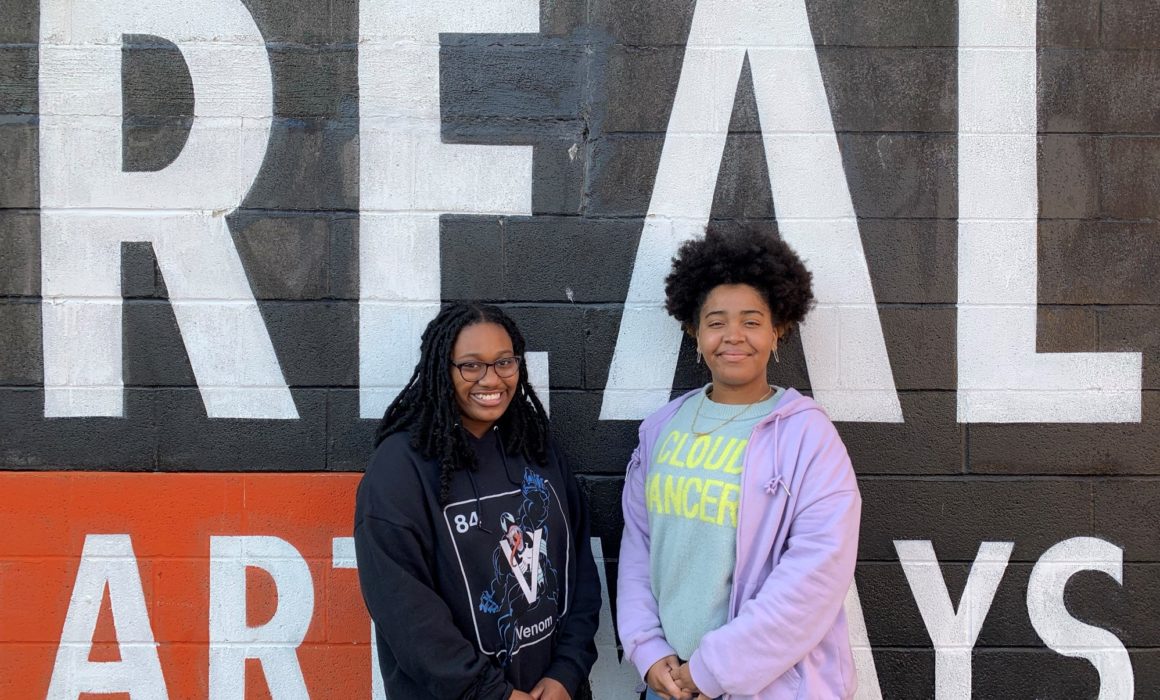Work-Based Learning Network Takes Stock
Recently, a Hartford Public Schools graduate who had worked as a summer apprentice for Real Art Ways approached a staff member about wanting to work in healthcare, in a job helping people. The young woman had been working in a grocery store since graduating, and now that she knew what she wanted to study, she asked a trusted adult for guidance, says Tina Parziale, learning and engagement manager at Real Art Ways.
Shortly afterward, while attending a meeting with the Work-Based Learning Network, Parziale learned about a 16-week program in health administration at Manchester Community College due to start soon.
“I was able to connect this young person with the program director. Now she’s doing that program,” Parziale says. “If I wasn’t part of the network, I wouldn’t have learned about this program.”
Making connections is one of the goals of the Work-Based Learning Network (WBLN), led by Capital Workforce Partners (CWP). A part of the ALL IN! Coalition, it consists of 25 partner agencies and serves both students and employers by helping teenagers build skills they’ll need for work. The program begins working with students in middle school and continues to help them develop skills and learn about career options through their senior year of high school, says Morgan Wilderman, coordinator of the program for CWP.
While students are in middle school, employers visit classrooms and talk about their jobs, what makes them interesting and what skills they need for the work. Students learn about various careers in the classroom and, later, shadow people in the workplace. When students begin high school, they can engage with a paid work-based learning project. Each program involves four to five days of training to prepare students for what’s expected in the workplace.
Now in its fourth year, a major goal of the WBLN this year is to re-do the evaluation rubric of the 12 core competencies. These competencies help to measure a student’s level of proficiency before and after participating in a WBL program. For example, students are often evaluated by employers on their ability to problem solve, time manage and work in a team, she says. While employers use these tools to measure youth workers’ performance, this evaluation plays a pivotal role in helping the young participants learn, improve and strengthen particular skills. As part of the reevaluation process, they’re working on making these competency evaluations uniform.
As part of a WBLN inventory, she’s surveying member organizations to identify their WBL programs, the criteria youth need to be eligible for the work and which of the 12 core competencies students will gain by the end of the apprenticeship or job, Wilderman says. These agencies include representatives of nonprofit organizations, Hartford Public Schools and employers.
She’s asking these agencies what is going well and what needs to change so “we can engage more youth in career pathway exposure,” she says.
While about 800 Hartford students participate in some type of work-based learning experience during the summer, she says, the group is working toward improving tracking measures of how many students participate in WBL programs during the school year because there was no central inventory of opportunities until now.
“That’s a gap. That’s why we’re trying to fix that,” Wilderman says. “We want to know, ‘how many youths have gone through what program? How many youths are gaining skills? Where are the hiccups? Where do we need to be better? Is their program working?’ ”
It’s working for Real Art Ways, Parziale says, because it introduces young people to opportunities in the arts and nonprofit organizations while providing the organization with youth who help connect the arts to other teens and children. The students learn how every job, no matter how seemingly small, is a vital piece in the organizational puzzle, she says. They learn to cultivate their creativity, leadership and agency by making decisions about teen-centered programs.
“It allows us to provide an employment opportunity for a Hartford youth that gives them income, gives them an opportunity to work in a capacity that will further them personally and professionally,” she says, “and gives them job skills such as how to answer the phone and address envelopes.”

